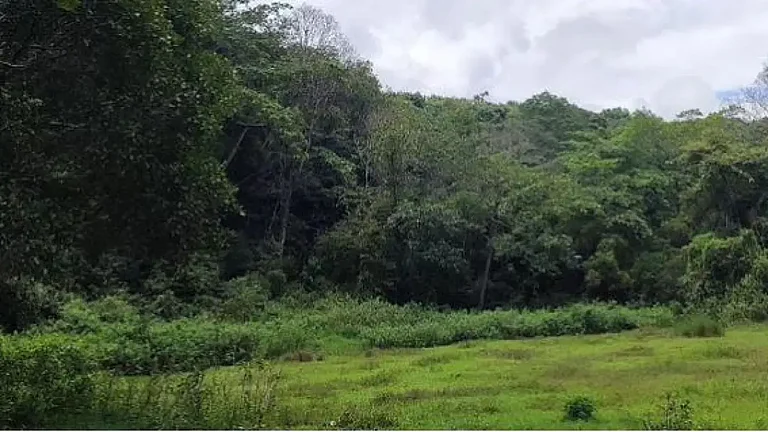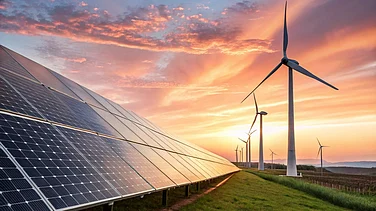
Environment Ministry reduces greenbelt requirement from 33% to 10% for industries.
New rules aim to balance industrial expansion with limited ecological safeguards.
iFOREST report urges “Green Boiler Mission” as industrial emissions rise sharply.
The Union Ministry of Environment and Forest and Climate Change has changed the mandatory requirement of green belt or green cover for new industrial estates from 33% to 10%.
According to HT, the previous requirement, set through an office memorandum dated October 27, 2020, mandated an overall green area of at least 33% for industrial estates, parks, complexes, Export Processing Zones, Special Economic Zones, biotech parks and leather complexes. Individual units within industrial estates were permitted to share some of this responsibility, but the overall goal stayed at 33%.
According to the revised guidelines issued on October 29, a minimum of 10% of the area of the industrial estates shall be designated as common green area with dense plantation (2,500 trees per hectare) to be developed by the owner of the industrial estate.
In additionally, individual member industries in an industrial estate have to meet the minimum green belt requirement of 15% for red category industries and 10% for orange category industries within their premises. The Ministry asked the industries to locate the green belt as close as possible to the pollution source.
According to a 2019 office memorandum of Central Pollution Control Board, a Green Belt for the purpose of these guidelines shall refer to an area that is kept in reserve within the alloted land for setting up facility, around the core SWM processing area, for the purpose of plantation and landscaping to reduce the adverse effects from pollutants like air & noise, soil erosion control etc. It also works as a natural shield to protect people around the facility from these pollutants.
These guidelines recommend minimum 10 metres green belt within and all around the facility along the boundary. Vegetation, shrubs, trees, and berms with high density greenery can be incorporated into green belt within facility limits to serve as visual barriers and to reduce noise levels.
High Emissions from Boilers
Boilers in India’s factories release 182mn tonnes of carbon dioxide every year, which is about 7% of the country’s total greenhouse gas (GHG) emissions and over a quarter of all emissions from industries, according to a study published on May 14 by the environment think tank iFOREST, in partnership with the Central government’s Department for Promotion of Industry and Internal Trade (DPIIT) and the labour department of the Uttar Pradesh government.
The study suggested that the country should launch a “Green Boiler Mission” to promote clean energy sources to reduce pollution and help India meet its net zero targets.
The study also revealed that there are about 45,226 process and co-generation boilers in India which produce around 1.26 billion tonnes of steam per year. The study found that about 40% of the installed boiler capacity runs on fossil fuels like coal, gas or oil. These account for nearly 37% of all boilers.
(With inputs from PTI.)
































